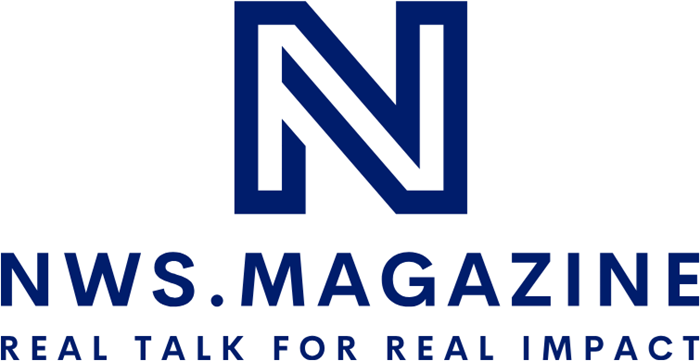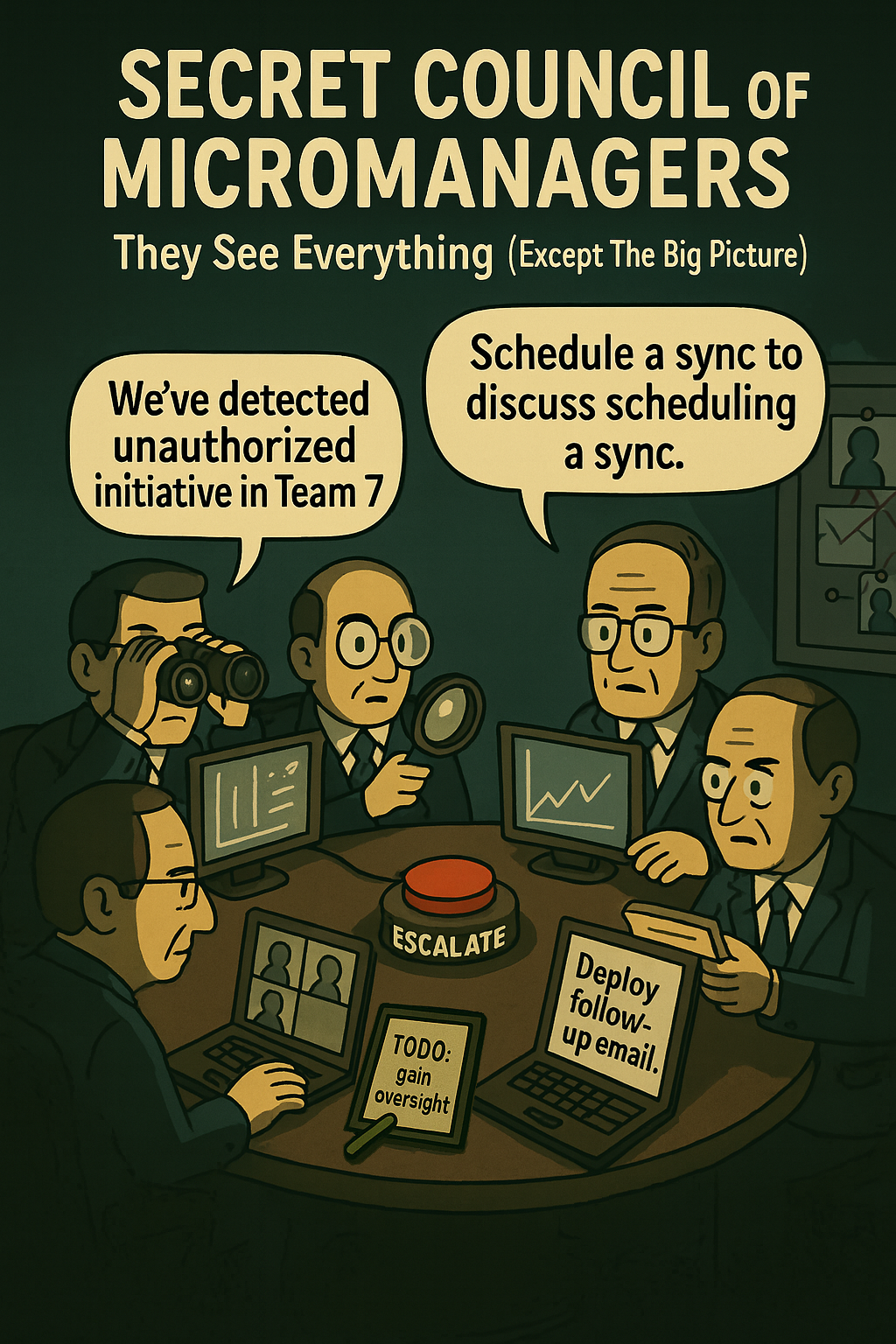Agile Leadership is not about control – it’s about creating conditions where people and ideas can thrive.
Agile is more than just a method – it’s a mindset. In today’s AI-driven environment, leading complex projects requires more than plans and tools. Agile Leadership responds to a reality shaped by constant change, uncertainty, and technological disruption – and challenges leaders to rethink how they lead.
What defines Agile Leadership?
Agile leadership doesn’t mean less leadership – it means leading differently. Not top-down, but as a coach who builds trust, fosters self-organization, and supports continuous learning. Frameworks like Scrum or Kanban are useful, but they are not the essence – the real driver is mindset. Leadership becomes enablement.
The common challenges
Agile leaders must let go of control and empower teams to take responsibility. They must embrace change as a constant, trust the process – even when outcomes are uncertain – and foster transparency, especially during tough phases. In traditionally hierarchical environments, this marks a profound cultural shift.
The opportunities: Beyond efficiency
- Real collaboration instead of silo thinking
- Innovation through experimentation instead of risk avoidance
- Fast feedback loops – now amplified by AI systems – instead of rigid plans
- Motivated, self-driven teams that contribute and take ownership
Agile Leadership in the age of AI
AI raises the stakes for agility: organizations that combine adaptive teams with responsible AI adoption achieve faster learning, stronger innovation, and resilience in uncertain markets. Agile leaders must therefore develop AI literacy, balance human–AI collaboration, and foster cultures where experimentation with new technologies is safe and rewarded.
In practice
Agile leadership shows itself in everyday actions: removing roadblocks, encouraging open feedback, and making decisions collaboratively – now increasingly supported by AI insights. Leaders create space for responsibility rather than micromanaging – and remain adaptable themselves.
Conclusion
Agile Leadership is no trend – it’s a strategic success factor, especially in fast-moving, AI-enabled projects. Those who see leadership as enablement can turn uncertainty into agility – and agility into a durable advantage. That’s where sustainable outcomes are born – beyond a single sprint.
In the age of AI, the leaders who enable trust and adaptability will turn uncertainty into lasting advantage.
- Rigby, Elk, Berez (2020): The Agile C-Suite, Harvard Business Review.
- Schwaber & Sutherland (2020): The Scrum Guide 2020 (PDF).
- Rigby, Sutherland, Takeuchi (2018): Agile at Scale. How to go from a few teams to hundreds, Harvard Business Review.
- McKinsey (2018): Leading agile transformation: The new capabilities leaders need to build 21st-century organizations.
- Edmondson (2019): Teaming: How Organizations Learn, Innovate, and Compete in the Knowledge Economy, HBR Press.
- MIT SMR & BCG (2019): Winning with AI. Pioneers Combine Strategy, Organizational Behavior, and Technology.
- HBR (2023): 3 Steps to Prepare Your Culture for AI.
- McKinsey (2021): The impact of agility: How to shape your organization to compete.
- HBR (2019): Building the AI-Powered Organization. Technology isn’t the biggest challenge. Culture is.






